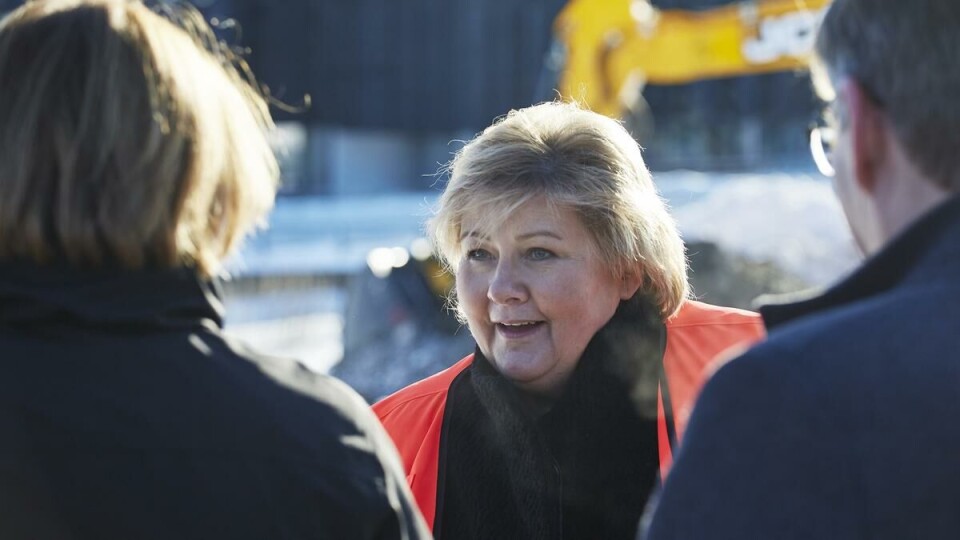
Strict Covid-19 measures in Oslo continue – New plan to re-open Norway
Strict infection prevention measures in Oslo are ongoing. The government has published a plan to gradually re-open Norway, without concrete dates for the specific phases.
The mutated British version of the Covid-19 virus continues to hold the city of Oslo in its tight grip – despite strict infection prevention measures that were introduced by the City Government on March 26, more than 200 people are still getting infected in Oslo every day. For the inhabitants of Oslo, this means that:
# Students at high schools, lower secondary schools and primary school years 5–7 will have digital classes until 16th of April;
# Kindergartens and primary schools will operate at the red level of Covid-19 measures;
# Shops, restaurants, cafés, libraries, museums, and training centres remain closed;
# Supermarkets are only allowed to sell groceries and other essential goods;
# Physical classes on campus is only allowed for students of specific studies;
# The reading halls at UiO campus remain open, libraries are only open for picking up and dropping books;
# Students and employees on campus are encouraged to take rapid Covid-19 tests in the Frederikke building twice per week.
Plan to gradually re-open
The measures for Oslo will be re-assessed on the 16th of April. While everyday life in Oslo continues to be on hold, Norwegians were hoping to get more concrete information about a gradual re-opening of the country by the Norwegian government after Easter.
On a press-conference on 7th of April, prime minister Erna Solberg introduced a four-phase re-opening plan which aims to gradually lead Norway back to normal life. The plan describes specific conditions and steps to re-open the Norwegian society but does not reveal concrete dates for the specific phases.
The start of the gradual re-opening of Norway is dependant on three factors: the development of the rate of new Covid-19 infections, the capacity of the Norwegian health services, and the number of Norwegians that have been vaccinated.
According to Solberg, the first phase of the plan will start once the number of infections has been on a stable and low level for a period of three weeks. This will include access to libraries, reading halls, and physical classes in small groups on campus, group free time activities for children and youth under the age of 20, a maximum of 10 people in indoor public arrangements, a maximum of 20 people in outdoor private arrangements, recommendations of maximum 5 guests in indoor private arrangements, re-opening of restaurants and cafés, and serving of alcohol in combination with food until 10 pm.
The borders will remain closed.
Each phase of the re-opening plan includes a minimum of three weeks in which the results of the phase with regards to new infection rates will be analysed. The data from the analysis will then be used to decide whether the next phase of the re-opening plan can be initiated.
































